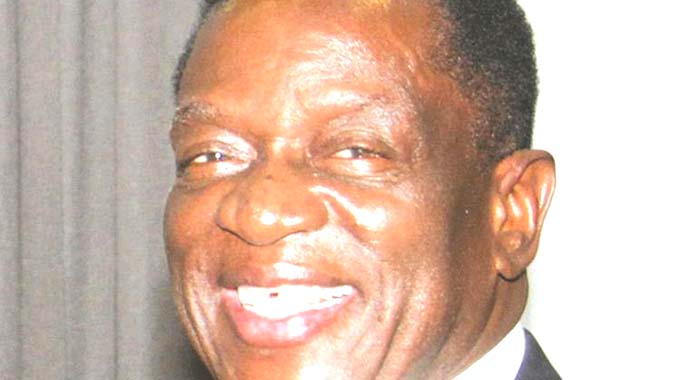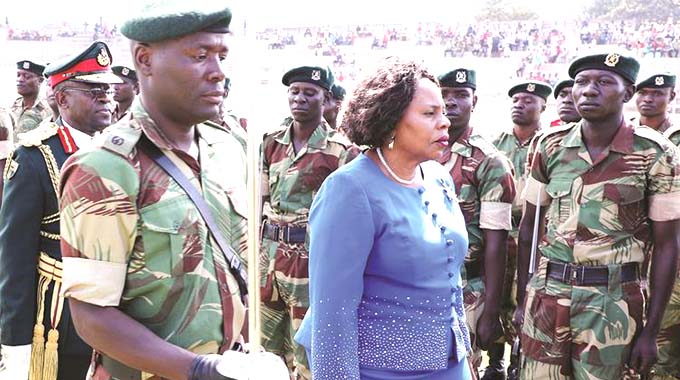Towards regional integration

Sadc Qualifications Framework facilitates smooth movement of students, professionals in Sadc
Kizito Sikuka Correspondent
Significant progress has been made by countries in southern Africa to harmonise their educational systems.
The establishment of a standardised educational system commonly known as the SADC Qualifications Framework (SADCQF) is aimed at promoting deeper regional integration by facilitating the smooth movement of students and professionals in the Southern African Development Community (SADC).
A harmonised regional educational system would allow students to move between universities and polytechnics without starting their academic programmes from scratch as a common system will facilitate the transfer of educational credits from one institution to another.
Furthermore, professionals who are trained in any of the SADC member states can easily work anywhere in the region without undertaking supplementary training in the host country.
In this regard, the ultimate goal of the SADCQF, which consists of 10 levels that are based on learning outcomes, is to enable SADC member states to recognise qualifications obtained in the region.
SADC Director of Social and Human Development Duduzile Simelane told journalists ahead of the 38th SADC Summit, which opens on August 17-18 in Windhoek, Namibia that since the SADCQF was approved in 2011, notable progress has been made in implementing the framework.
“At least eight SADC countries have already aligned their national educational systems to the regional framework,” she said.
These are Botswana, Eswatini (Swaziland), Lesotho, Mauritius, Namibia, Seychelles, South Africa and Zambia.
She said the other SADC member states – Angola, Madagascar, Malawi, Mauritius, Mozambique, the United Republic of Tanzania and Zimbabwe – are “at various stages of aligning” their national educational systems to the SADCQF.
Simelane said some of the major challenges hindering the implementation of the SADCQF include limited financial resources.
In this regard, she said it is critical for national governments to increase their funding towards education since investment in human resources is key to sustainable development.
A SADC region with a developed, knowledgeable and skilled human resource base is well-equipped to exploit its natural resources, promote socio-economic development and push the industrialisation agenda forward.
In fact, the SADC Treaty, which laid the foundation for the establishment of a shared community in southern Africa, acknowledges the important role of developing a strong and vibrant human resource base to achieve the long-standing goals of a “prosperous, integrated and united region”.
Simelane said to ensure success of the qualifications framework, SADC member states have agreed on a roadmap for implementation.
The roadmap was approved by SADC Ministers responsible for Education, Training, Science, Technology and Innovation in June 2017.
Furthermore, a SADC Technical Committee on Certification and Accreditation (TCCA) was established to oversee the implementation of SADCQF. The TCCA is a group of experts from the 15 SADC member states and is supported by the SADC Secretariat.
SADC has created a set of 16 regional quality assurance guidelines that set standards at the regional level.
Member states are expected to align their quality assurance mechanisms with the regional guidelines.
To facilitate the verification of qualifications in the region, member states have also decided to create a regional qualifications verification network known as the SADC Qualifications Verifications Network (SADCQVN).
SADCQVN is a network of organisations responsible for the administration of qualification systems in SADC member states.
The approval of the SADCQF is in line with the SADC Protocol on Education and Training adopted in 1997, which seeks to establish a legal and institutional framework to promote regional integration in priority areas of education, training, and research and development.
The 38th SADC Summit of Heads of State and Government is being held under the theme “Promoting Infrastructure Development and Youth Empowerment for Sustainable Development.”
This year’s theme builds on the focus of the past four SADC Summits that sought to advance industrial development.
The summit is expected to, among other things, review progress towards regional integration and socio-economic development.
At the summit, Namibian President Hage Geingob will assume the rotating SADC chair from his South African counterpart Cyril Ramaphosa. – sardc.net








Comments